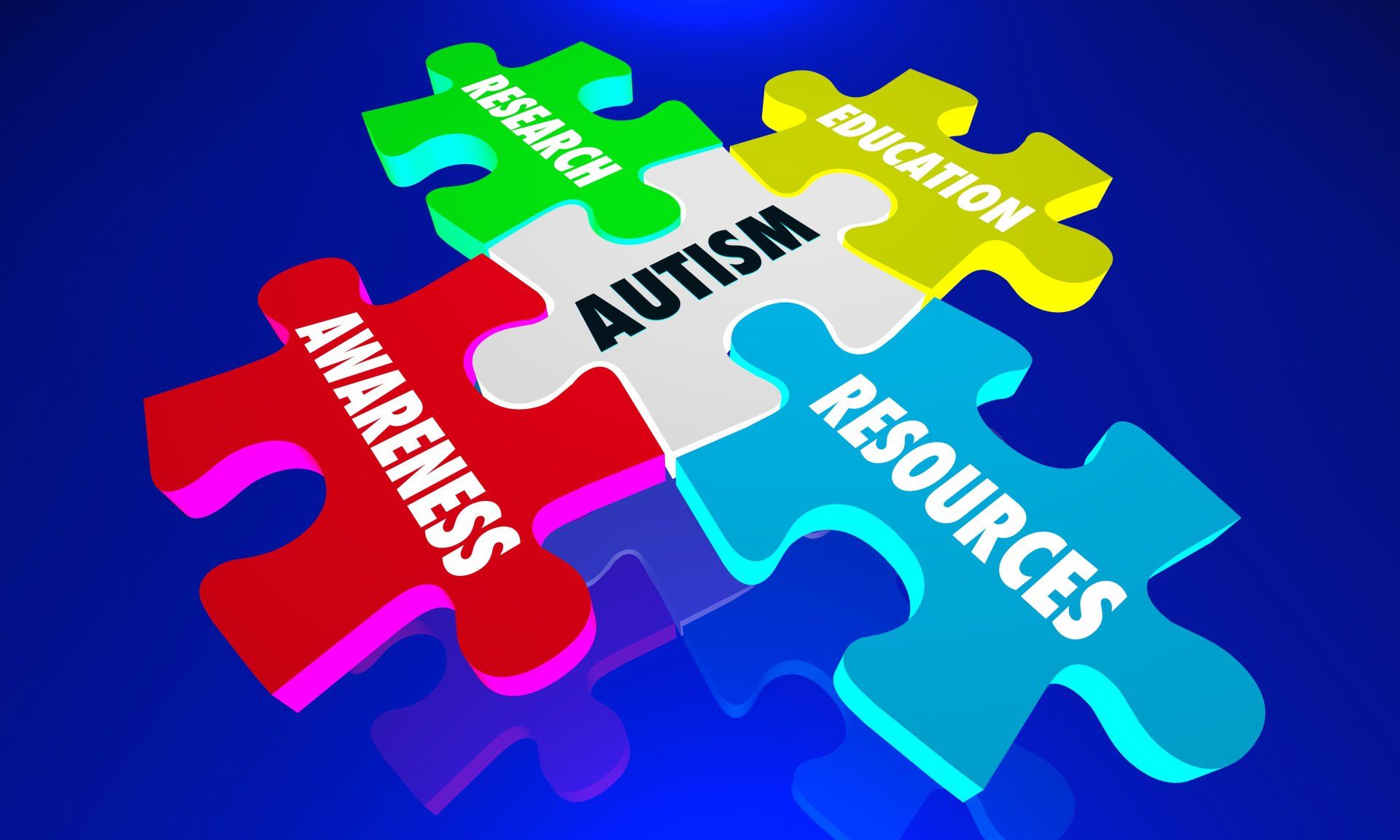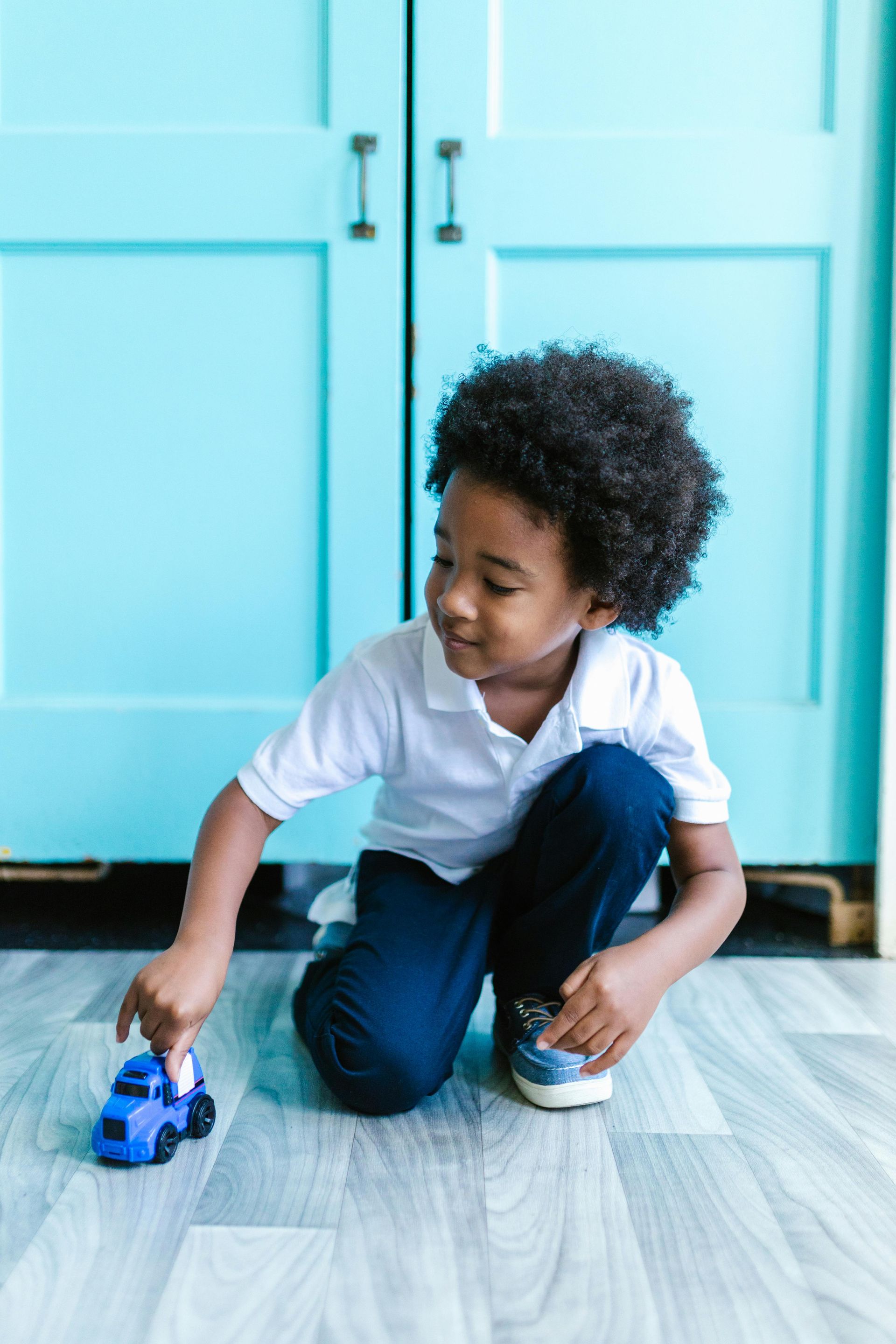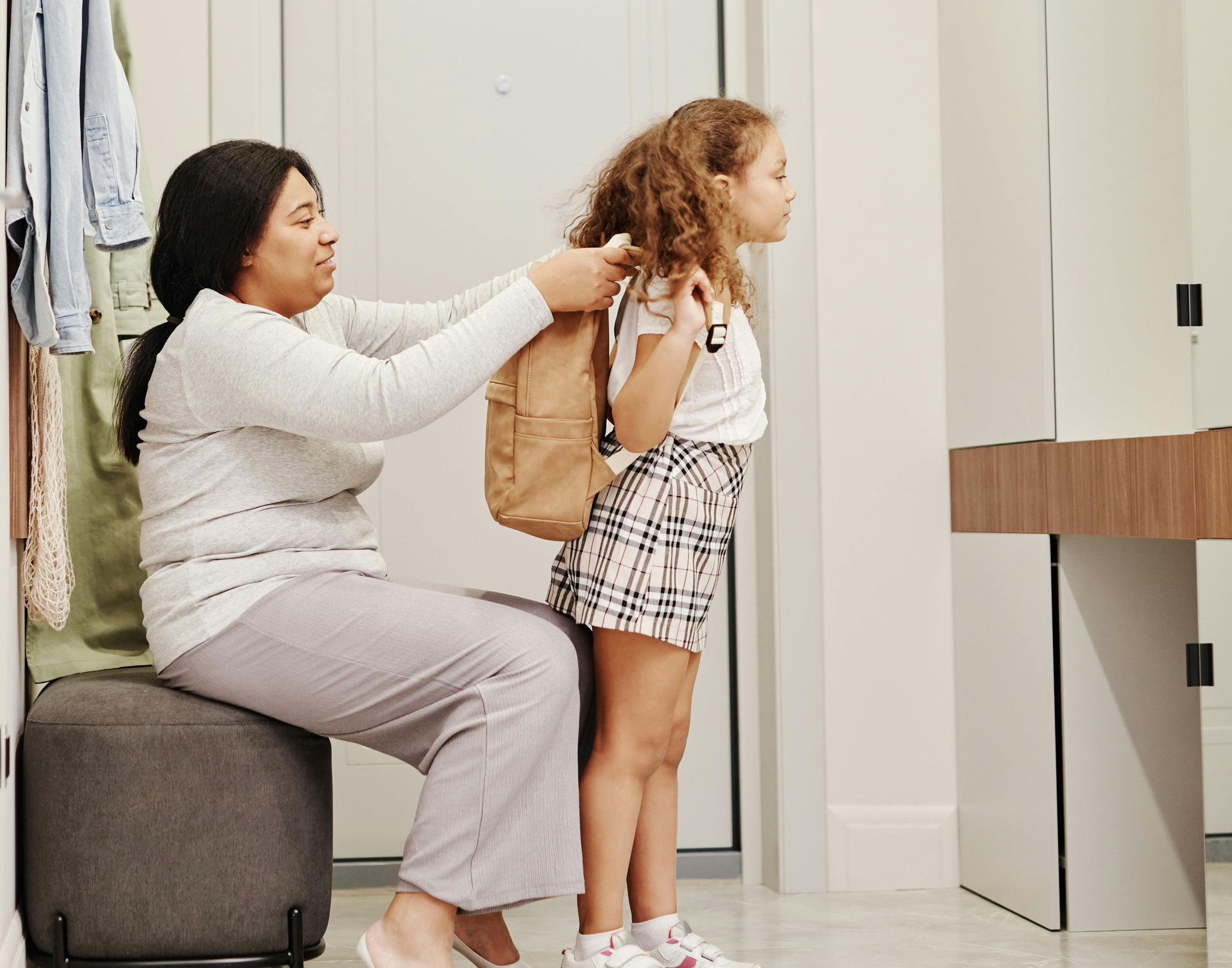Autism and American Sign Language (ASL)
Autism and American Sign Language (ASL)

It is no secret that Autism Spectrum Disorder can greatly affect a child’s speech and language development. Up to 35% of children with autism are considered minimally verbal. This leaves parents and therapists reaching for tools that will help these children communicate.
Often, when a child with autism is struggling to communicate, a speech therapist may recommend a form of Augmentative and Alternative Communication (AAC) such as an app on a tablet or other high-tech device. But there is one decidedly low-tech or even no-tech form of AAC that requires no equipment outside of one’s own body, and that is American Sign Language.
American Sign Language, or ASL, was developed for deaf students in the early 1800s. It is a visual language that is also used by the hearing community, such as individuals with autism who are nonverbal or minimally verbal. Even children on the higher-functioning end of the autism spectrum may find sign language useful (as well as neurotypical individuals and families for a variety of reasons).
Auditory processing issues are a root cause for many with communication difficulties. One’s ears could work just right, but a processing issue would mean the brain has trouble accepting the auditory input. What is heard becomes jumbled. Communicating instead with a visual language like ASL bypasses the auditory route because no hearing is required.
Interested in introducing your child to American Sign Language? Here are some suggestions:
Speak with your child’s speech and language therapist about beginning to teach your child some basic signs. They will have the best, individualized advice for you and your child, but may likely suggest some early signs such as “please,” “thank you,” “more,” and “all done.”- Learn to fingerspell. As you begin your ASL journey, you will realize there are naturally a lot of signs, as there are a lot of words to convey. However, since you won’t learn all of them at once, by learning the 26 letters and how to fingerspell, you can spell words you don’t know yet. Plus you can spell names.
- Try watching some YouTube videos with your child, especially music-based ASL instruction videos. Music is a powerful way to learn!
- As you and your child gain confidence and continue your ASL journey, you may wish to find a class or sign language tutor. Check with local libraries, universities, churches, and other organizations.
Positive Reinforcement provides in home ABA therapy services to Richmond Virginia, Somerset Kentucky and surrounding areas










